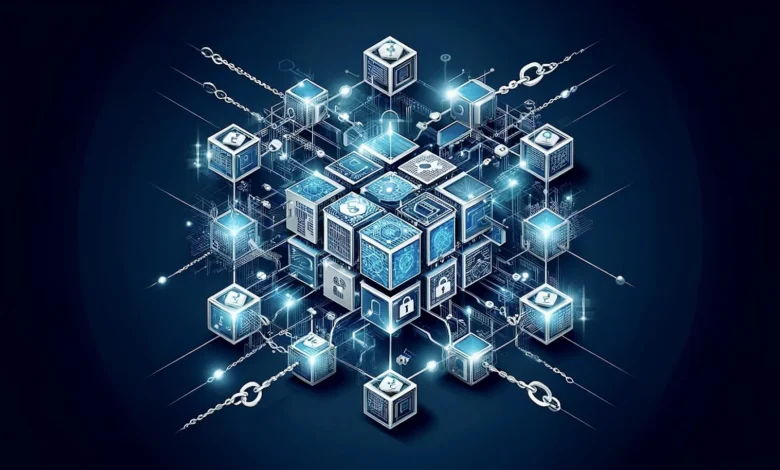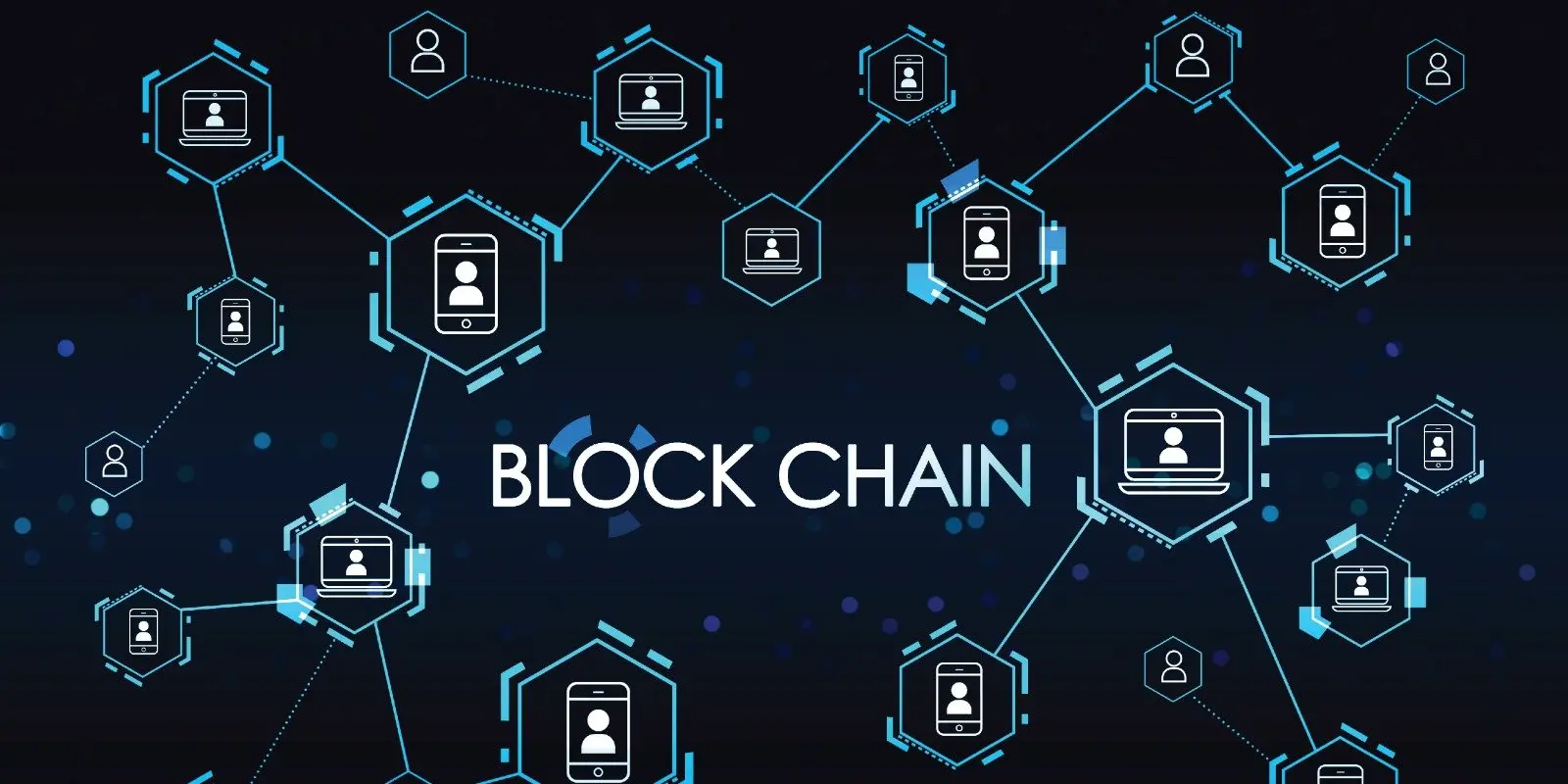
Blockchain technology. Originally conceived as the underlying architecture for Bitcoin, this revolutionary system has evolved far beyond its cryptocurrency origins to become a fundamental building block for the future of digital transactions, data security, and decentralized applications. As businesses, governments, and individuals seek more transparent, secure, and efficient ways to exchange value and information, blockchain emerges as a powerful solution that challenges traditional centralized systems.
The concept of blockchain represents a paradigm shift in how we think about trust, verification, and record-keeping in the digital age. Rather than relying on centralized authorities to validate transactions and maintain records, distributed ledger technology enables multiple parties to share and verify information simultaneously without requiring intermediaries. This fundamental change has profound implications across virtually every industry, from finance and healthcare to supply chain management and voting systems. Blockchain technology Understanding blockchain technology is no longer optional for those who wish to stay competitive in today’s rapidly evolving digital landscape.
What Is Blockchain Technology and How Does It Work
At its core, blockchain is a decentralized database or digital ledger that records transactions across multiple computers in a way that makes the recorded information extremely difficult to alter retroactively. The name itself provides insight into its structure: information is organized into blocks, and these blocks are linked together in a chronological chain. Each block contains a collection of transactions, a timestamp, and a cryptographic hash of the previous block, creating an interconnected sequence that forms the blockchain.
The beauty of this system lies in its distributed nature. Unlike traditional databases that store information in a central location controlled by a single entity, blockchain distributes copies of the entire ledger across a network of computers called nodes. When a new transaction occurs, it must be verified by multiple nodes in the network through a process called consensus. Once verified, the transaction is combined with other transactions to form a new block, which is then added to the existing chain. This process ensures that no single party can manipulate the records without detection, as any attempt to alter information in one copy would immediately conflict with the copies held by other nodes.
The cryptographic security embedded within blockchain technology makes it exceptionally robust against tampering and fraud. Each block contains a unique cryptographic hash—essentially a digital fingerprint—that is calculated based on the block’s contents. If anyone attempts to modify the information within a block, the hash changes, breaking the chain and alerting the network to the tampering attempt. This immutability is one of blockchain’s most valued characteristics, particularly for applications requiring verifiable audit trails and permanent records.
The Key Components That Make Blockchain Revolutionary
Understanding blockchain requires familiarity with several essential components that work together to create its unique properties. The first critical element is decentralization, which eliminates the need for trusted third parties to facilitate transactions. In traditional systems, banks, governments, or corporations serve as intermediaries that verify and process transactions. Blockchain removes these middlemen by distributing authority across the entire network, democratizing access and reducing dependencies on centralized institutions.
Transparency represents another cornerstone of blockchain technology. In most blockchain networks, all participants can view the complete transaction history, creating an unprecedented level of openness. This transparency doesn’t necessarily compromise privacy, as participants can remain pseudonymous through the use of cryptographic addresses rather than personal identities. The combination of transparency and pseudonymity creates a unique balance that allows for accountability without sacrificing individual privacy rights.
The concept of immutability ensures that once information is recorded on the blockchain, it becomes extremely difficult to change or delete. This permanent record-keeping capability makes blockchain ideal for applications where data integrity is paramount. Whether tracking pharmaceutical supply chains to prevent counterfeit drugs or maintaining academic credentials that employers can instantly verify, immutability provides confidence that records remain accurate and unaltered over time.
Smart contracts extend blockchain’s capabilities beyond simple record-keeping. These self-executing contracts contain code that automatically implements agreement terms when predetermined conditions are met. For example, an insurance smart contract might automatically process a claim payment when specific weather conditions are verified, eliminating delays and reducing administrative costs. Smart contracts introduce programmability to blockchain, opening countless possibilities for automation and efficiency improvements.
Real-World Applications Transforming Industries
The financial services sector was naturally among the first to embrace blockchain technology, given its origins in cryptocurrency. Beyond digital currencies, blockchain enables faster and cheaper cross-border payments, reducing transaction times from days to minutes while significantly lowering fees. Financial institutions are exploring blockchain for trade finance, securities settlement, and regulatory reporting, recognizing its potential to streamline operations and reduce counterparty risk.
Supply chain management represents one of blockchain’s most promising applications. Companies can track products from manufacturing through delivery, creating transparent records that verify authenticity and ethical sourcing. Food companies use blockchain to trace contamination sources within minutes rather than weeks, potentially saving lives during foodborne illness outbreaks. Luxury goods manufacturers combat counterfeiting by recording each item’s journey on an immutable ledger that customers can verify before purchase.
The healthcare industry stands to benefit tremendously from blockchain’s secure and interoperable record-keeping capabilities. Medical records stored on blockchain can be accessed by authorized providers across different healthcare systems, improving continuity of care while maintaining patient privacy. Clinical trials can document results on blockchain to prevent data manipulation, enhancing research integrity. Pharmaceutical companies are implementing blockchain to track drug authenticity and combat the global counterfeit medication problem that claims hundreds of thousands of lives annually.
Government services and voting systems are exploring blockchain to increase transparency and reduce fraud. Land registries maintained on blockchain can prevent property disputes and corruption by providing indisputable ownership records. Digital identity systems built on blockchain give individuals control over their personal information while allowing easy verification by service providers. Several countries have experimented with blockchain-based voting to increase accessibility, prevent tampering, and build public confidence in electoral systems.
Benefits That Drive Blockchain Adoption
Enhanced security ranks among blockchain’s most compelling advantages. The combination of cryptographic protection, distributed storage, and consensus mechanisms creates multiple layers of defense against hacking and data breaches. Unlike centralized databases that present single points of failure, blockchain’s distributed architecture means attackers would need to compromise the majority of nodes simultaneously—a practically impossible feat in large networks.
Cost reduction motivates many organizations to implement blockchain solutions. By eliminating intermediaries and automating processes through smart contracts, businesses can dramatically reduce transaction fees and administrative expenses. The efficiency gains extend beyond direct costs to include faster processing times, reduced errors, and decreased need for reconciliation between different parties’ records.
Increased transparency and traceability benefit consumers and businesses alike. Customers can verify product origins and ethical manufacturing practices, while businesses gain visibility into their entire supply chains. This transparency builds trust and enables rapid response to quality issues or compliance requirements. Regulatory agencies appreciate blockchain’s audit capabilities, which provide clear trails for compliance verification and fraud investigation.
The democratization of access that blockchain enables cannot be overstated. Individuals without access to traditional banking systems can participate in the digital economy through cryptocurrency wallets and decentralized finance applications. Artists and creators can sell their work directly to consumers without relying on galleries or platforms that take substantial commissions. Small businesses in developing countries can access international markets and financing previously unavailable to them.
Challenges and Limitations Facing Blockchain
Despite its promise, blockchain technology faces significant scalability challenges. Popular blockchain networks can process only a limited number of transactions per second compared to traditional payment systems. Bitcoin processes approximately seven transactions per second, while Visa handles thousands. This limitation causes network congestion and increased transaction fees during periods of high demand. Various solutions, including layer-two protocols and alternative consensus mechanisms, are being developed to address these constraints.
Energy consumption associated with certain blockchain implementations has drawn considerable criticism. Proof-of-work consensus mechanisms, used by Bitcoin and historically by Ethereum, require massive computational power and electricity. The environmental impact has prompted the development of more energy-efficient alternatives like proof-of-stake, which reduces energy consumption by over ninety-nine percent while maintaining security.
Regulatory uncertainty creates hesitation among potential adopters. Governments worldwide are still developing frameworks for blockchain and cryptocurrency regulation, creating legal ambiguity that concerns businesses and investors. Questions about liability, taxation, data protection, and cross-border transactions remain partially answered. As regulations mature and standardize, adoption will likely accelerate, but current uncertainty slows progress.
The complexity of blockchain technology presents barriers to widespread adoption. Understanding how blockchain works, implementing solutions, and training personnel require significant investment. User interfaces for blockchain applications often lack the polish and intuitiveness of traditional software, creating friction for non-technical users. Improving accessibility and user experience represents a critical challenge for the blockchain community.
The Future of Blockchain Technology
Looking ahead, blockchain’s integration with other emerging technologies promises exciting possibilities. The combination of blockchain and artificial intelligence could create autonomous systems that learn and adapt while maintaining transparent, auditable decision-making processes. Internet of Things devices using blockchain could securely communicate and transact without human intervention, enabling smart cities and automated supply chains.
Central bank digital currencies represent a significant trend as governments recognize blockchain’s potential for modernizing monetary systems. These government-issued digital currencies could provide the benefits of cryptocurrency while maintaining regulatory oversight and monetary policy control. Several countries have already launched or are piloting digital currency projects, potentially transforming how we think about money itself.
The evolution toward Web3—a decentralized internet built on blockchain—envisions a future where users control their data and identity rather than relying on corporate platforms. Decentralized applications operating on blockchain could challenge the dominance of tech giants, redistributing value and control to creators and users. While Web3 remains largely conceptual, a significant development effort is underway to make this vision a reality.
Interoperability between different blockchain networks will become increasingly important as the ecosystem matures. Current blockchain platforms often operate in isolation, but cross-chain protocols are emerging to enable seamless value and information transfer between networks. This interoperability will unlock network effects and enable more sophisticated applications that leverage the strengths of multiple blockchain platforms.
Conclusion
Blockchain technology represents a fundamental innovation with the potential to reshape how we exchange value, verify information, and organize digital systems. Its unique combination of decentralization, transparency, security, and immutability addresses critical limitations of traditional centralized architectures. While challenges around scalability, energy efficiency, and regulation remain, ongoing development and increasing adoption demonstrate blockchain’s staying power beyond its initial cryptocurrency applications.
As blockchain matures from an experimental technology to an established infrastructure component, its impact will likely extend far beyond what we currently imagine. Organizations and individuals who understand blockchain’s capabilities and limitations will be better positioned to leverage its benefits and navigate the transforming digital landscape. Whether through improved financial access, more transparent supply chains, secure digital identities, or innovations we haven’t yet conceived, blockchain continues to demonstrate its revolutionary potential.
The journey from niche technology to mainstream adoption requires continued innovation, thoughtful regulation, improved accessibility, and real-world problem-solving. As these pieces fall into place, blockchain may well fulfill its promise as a foundational technology for the digital age, creating systems that are more transparent, efficient, and equitable than those they replace.
FAQs
Q1: Is blockchain the same as Bitcoin?
No, blockchain and Bitcoin are not the same, though they are closely related. Blockchain is the underlying technology—a distributed ledger system that records transactions across multiple computers. Bitcoin is a cryptocurrency that runs on blockchain technology. Think of blockchain as the infrastructure and Bitcoin as one application built on that infrastructure. Many other cryptocurrencies and non-financial applications also use blockchain technology, making it much broader than any single cryptocurrency.
Q2: Can blockchain be hacked or altered?
While no system is completely immune to attacks, blockchain is extremely resistant to hacking and alteration due to its distributed nature and cryptographic security. To successfully alter a blockchain, an attacker would need to control the majority of the network’s computing power and simultaneously change every copy of the ledger across thousands of computers—a practically impossible task for well-established networks. Individual wallets or exchanges can be compromised through poor security practices, but the blockchain itself remains secure.
Q3: Do all blockchains use cryptocurrency?
No, not all blockchains require cryptocurrency. While many public blockchains use cryptocurrency as an incentive mechanism to reward participants who verify transactions, private blockchains used by businesses often operate without cryptocurrency.
Q4: How does blockchain differ from a regular database?
Traditional databases are centralized, meaning a single organization controls the data and can modify it at will. Blockchain is decentralized and distributed across many computers, with changes requiring consensus from network participants. Regular databases prioritize speed and flexibility, while blockchain emphasizes security, transparency, and immutability.
Q5: What skills are needed to work with blockchain technology?
Working with blockchain requires a combination of technical and conceptual skills. Programming knowledge, particularly in languages like Solidity (for Ethereum smart contracts), Python, or JavaScript, is essential for developers. Understanding cryptography, distributed systems, and consensus algorithms helps in designing blockchain solutions.









